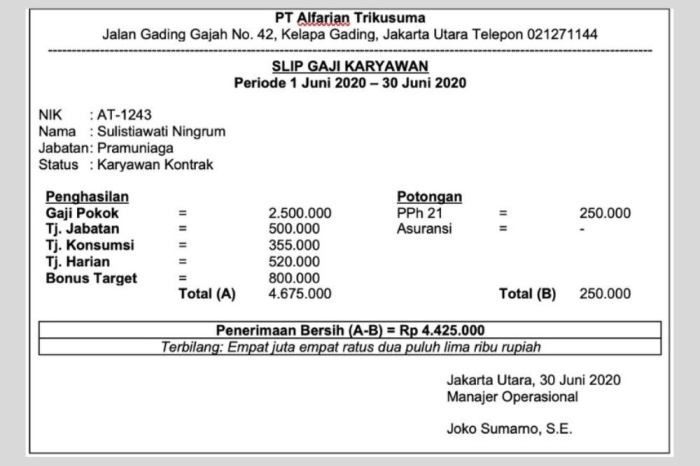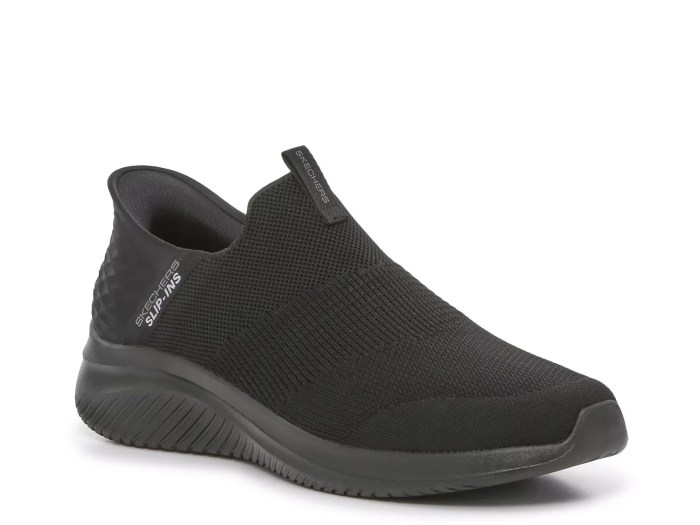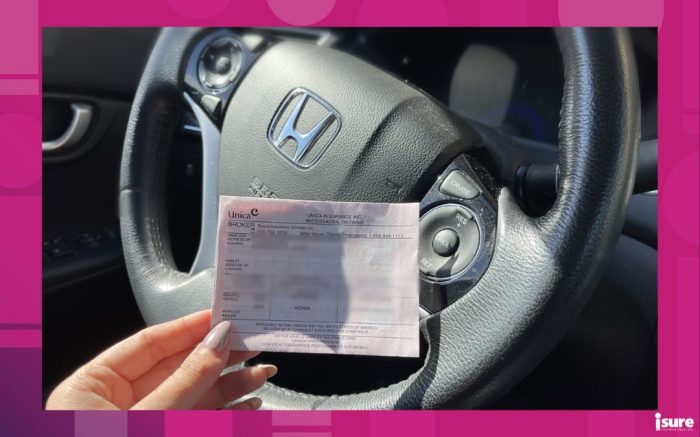Petticoat Under Wedding Dress The Ultimate Guide
A Historical and Modern Look at Petticoats Under Wedding Dresses

Source: bisnis.com
Petticoat under wedding dress – From the voluminous crinolines of the Victorian era to the subtle shaping slips of today, the petticoat has played a significant role in shaping the silhouette and aesthetic of wedding dresses throughout history. This exploration delves into the evolution of petticoats, their modern applications, and the impact they have on the overall look of a bridal gown.
Historical Context of Petticoats Under Wedding Dresses
The use of petticoats under wedding dresses has a rich and varied history, reflecting changing fashion trends and societal norms. Their function evolved from primarily providing warmth and modesty to creating specific silhouettes and enhancing the overall aesthetic appeal of the gown.
- Evolution of Petticoat Styles: Early petticoats were simple undergarments made of linen or wool, primarily for warmth. The 18th century saw the introduction of more structured petticoats, often incorporating layers of fabric or whalebone to create a fuller skirt. The Victorian era witnessed the rise of the voluminous crinoline, creating the iconic bell-shaped silhouette. The early 20th century saw a shift towards simpler styles, often incorporating less structure.
- Materials Used: Materials varied across eras. Linen and wool were common in earlier periods, giving way to cotton, silk, and later, synthetic fabrics like nylon and polyester. The choice of material influenced both the structure and the drape of the petticoat.
- Purposes of Petticoats: The purpose shifted over time. Initially, they provided warmth and modesty. Later, they became crucial for shaping the skirt of the dress, creating volume, and enhancing the overall silhouette. The level of structure and volume directly correlated to the prevailing fashion trends.
A simplified timeline illustrates this evolution:
- Pre-18th Century: Simple linen or wool petticoats, primarily for warmth and modesty.
- 18th Century: Introduction of more structured petticoats with layers of fabric.
- 19th Century (Victorian Era): The rise of the crinoline, creating extremely full skirts.
- Early 20th Century: Simpler, less structured petticoats.
- Mid-20th Century onwards: A variety of styles, from full crinolines to simpler slips, depending on fashion trends.
Modern Uses of Petticoats Under Wedding Dresses

Source: dsw.com
In contemporary wedding fashion, petticoats continue to play a vital role in achieving the desired silhouette and enhancing the overall aesthetic of the gown. The choice of petticoat significantly impacts the final look.
Petticoats contribute to different silhouettes, including A-line, ballgown, and mermaid styles. The fabric selection, such as tulle, satin, or silk, affects the drape and volume. A stiff tulle petticoat creates a dramatic, full skirt, while a softer silk one offers a more subtle, flowing effect.
| Petticoat Material | Suitability for A-Line | Suitability for Ballgown | Suitability for Mermaid |
|---|---|---|---|
| Tulle | Excellent | Excellent | Moderate (can create unwanted bulk) |
| Satin | Good | Good | Good (creates a smooth, sleek look) |
| Silk | Good | Good | Good (creates a soft, flowing look) |
| Nylon | Good | Good | Moderate |
The Impact of Petticoat Style on Wedding Dress Aesthetics
The volume, length, and color of the petticoat significantly impact the overall visual effect of the wedding dress. The interplay between the petticoat and the gown creates a range of aesthetic possibilities, from dramatic and full to subtly romantic and flowing.
For instance, a full, voluminous petticoat under a ballgown creates a dramatic, princess-like silhouette. In contrast, a shorter, less structured petticoat under a sheath dress provides a more subtle enhancement of the gown’s shape. The petticoat’s color can also play a role; a white petticoat under a white dress enhances the overall brightness, while a contrasting color can add a subtle layer of interest (though this is less common).
Example Image Descriptions (without actual images):
- Image 1: A full, ivory tulle petticoat under a lace A-line gown. The petticoat creates a soft, romantic volume that complements the delicate lace, resulting in a classic bridal look.
- Image 2: A shorter, satin petticoat under a sleek mermaid gown. The petticoat provides a subtle shaping effect, enhancing the gown’s form-fitting silhouette without adding excessive volume.
- Image 3: A structured crinoline petticoat under a vintage-inspired ballgown. The dramatic volume of the petticoat creates a visually stunning, full skirt that accentuates the gown’s romantic design.
Choosing the Right Petticoat for a Wedding Dress

Source: isure.ca
Selecting the appropriate petticoat involves considering several factors to ensure a harmonious blend of silhouette, fabric, and personal preference. Careful measurement and understanding of different construction methods are crucial.
Factors to consider include the wedding dress style (A-line, ballgown, mermaid, etc.), the fabric of the dress (lightweight, heavy, structured), and the desired level of volume. The construction method (crinoline, hoops, layers of fabric) impacts the shape and structure. Accurate measurements are essential to ensure a proper fit and avoid unwanted bunching or gaps.
Flowchart (textual representation):
- Determine Wedding Dress Style: A-line, ballgown, mermaid, sheath, etc.
- Assess Dress Fabric: Lightweight, heavy, structured, flowing.
- Desired Volume: Dramatic, moderate, subtle.
- Choose Petticoat Material: Tulle, satin, silk, etc. based on desired volume and dress fabric.
- Select Construction Method: Crinoline, hoops, layered fabric based on desired structure.
- Measure Waist and Length: Ensure accurate fit.
Petticoat Alternatives and Modern Approaches, Petticoat under wedding dress
Modern bridal wear offers alternatives to traditional petticoats for achieving volume and shape. These methods often integrate shaping elements directly into the gown or utilize specialized undergarments.
Built-in boning or structured lining within the gown itself can provide shaping and support without the need for a separate petticoat. Shaping slips or other undergarments can create similar effects, offering a more streamlined approach. These alternatives can offer advantages in terms of comfort, ease of wear, and a more seamless look.
Examples of Modern Dresses without Traditional Petticoats: Many contemporary gowns utilize internal boning or structured linings to create the desired silhouette, resulting in a sleek and comfortable fit without the bulk of a traditional petticoat. These designs often prioritize a more streamlined and modern aesthetic.
General Inquiries: Petticoat Under Wedding Dress
Can I wear a petticoat under a slim-fitting wedding dress?
While a full petticoat isn’t ideal for slim-fitting gowns, a lightweight, short petticoat can help smooth the fabric and prevent clinging.
How do I clean my wedding petticoat?
Always check the care label. Most petticoats can be hand-washed or dry-cleaned; avoid harsh detergents or machine washing unless explicitly stated.
What if my petticoat is too long?
A slightly too-long petticoat can be easily hemmed by a seamstress or with a simple DIY approach if you’re comfortable with sewing.
Are petticoats necessary for all wedding dresses?
No, many modern wedding dresses have built-in structure or don’t require additional volume. Petticoats are primarily used to add volume, shape, or smooth the fabric.

















